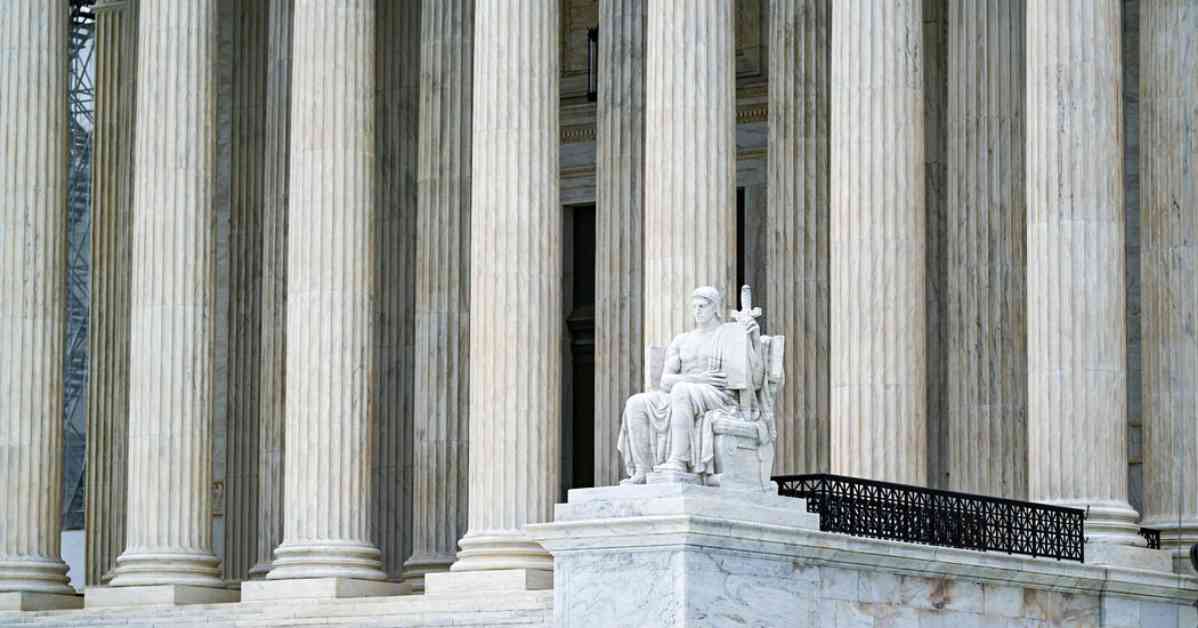The Supreme Court made a significant decision on Friday that impacts the authority of executive agencies. This decision overturned a long-standing legal precedent known as the Chevron doctrine, which required courts to defer to the expertise of federal administrators when interpreting ambiguous statutes passed by Congress. This ruling has been a cornerstone of American law since 1984, with numerous Supreme Court decisions and lower court rulings relying on it.
The vote was divided 6 to 3 along ideological lines, with conservative justices leading the charge against the Chevron doctrine. Critics of the ruling, including the conservative legal movement and business groups, argue that it undermines the separation of powers by giving agencies more power than explicitly granted by Congress. They believe that agencies should not have the authority to interpret statutes, as this should be the role of the courts.
On the other hand, supporters of the Chevron doctrine argue that it allows specialized agencies to create uniform rules in areas where statutes are ambiguous. They believe that this practice helps fill gaps in legislation and promotes consistency in regulatory decisions. However, opponents point out that agency interpretations can vary with different administrations, leading to inconsistency and potential bias in favor of the government in legal disputes.
The impact of this decision is far-reaching, affecting regulations in various sectors such as the environment, healthcare, and consumer safety. The ruling could lead to a shift in how federal agencies operate and interpret laws, potentially changing the landscape of regulatory governance in the country.
As we await full access to the article, it is clear that the Supreme Court’s decision to overturn the Chevron doctrine will have significant implications for federal rules and regulations. It remains to be seen how this ruling will shape the relationship between executive agencies, Congress, and the judiciary in the years to come.




